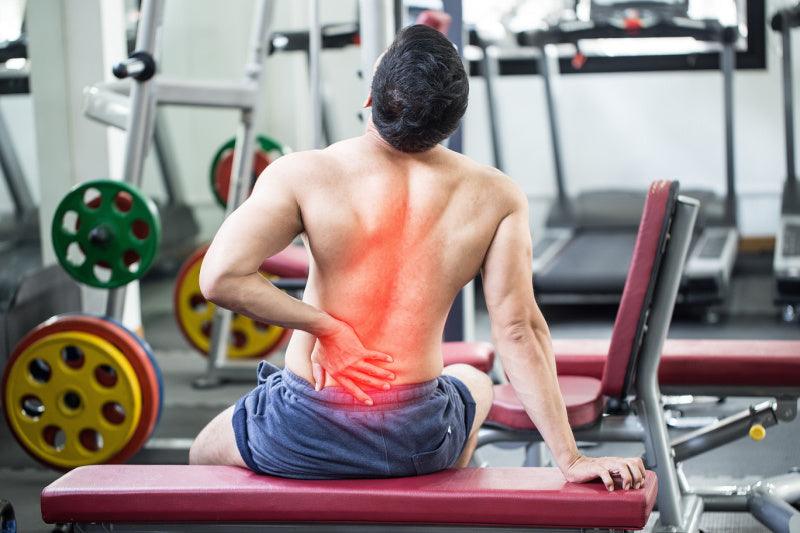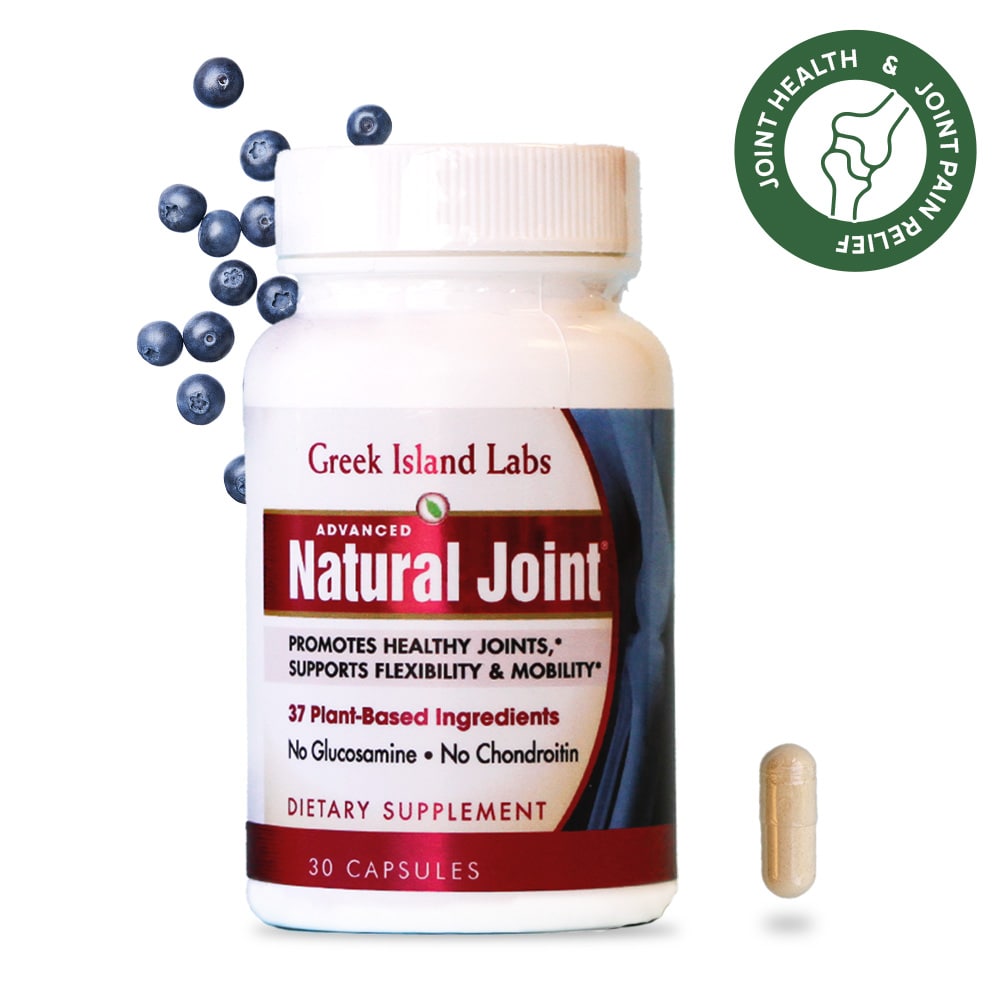
Exercise Is Good for You, Right?!
Share
Maintaining an active lifestyle is crucial for overall health and well-being, but not all forms of exercise are joint-friendly. Some traditional exercises can be surprisingly harsh on your joints, potentially leading to long-term damage and pain. In this blog post, we will explore five common exercises that can be hard on your joints, and provide valuable insights and tips on how to alleviate potential joint damage during everyday activities and non-strenuous exercise.
The Joint Impact of Traditional Exercises
Before we dive into specific exercises, it's important to understand why certain activities can be harsh on your joints. Joints are complex structures that connect bones and allow for movement. They are surrounded by protective tissues like cartilage, synovial fluid, and ligaments, which help cushion and stabilize the joint. However, excessive stress or improper form during exercises can wear down these protective structures, leading to joint pain and damage.

- Running on Hard Surfaces
Running is a fantastic cardiovascular exercise, but it can be extremely tough on your joints, especially if you do it on hard surfaces like pavement. The repetitive impact of each stride can cause significant strain on your knees, hips, and ankles.
Alleviating Joint Stress:
- Choose Softer Terrain: Opt for running on trails, grass, or a treadmill with proper cushioning to reduce impact on your joints.
- Proper Footwear: Invest in high-quality running shoes with adequate cushioning and support.
- Warm-up and Stretch: Always warm up before running and include dynamic stretches to prepare your joints.
- Gradual Progression: Increase your mileage gradually to allow your body to adapt and reduce the risk of overuse injuries.

- High-Impact Aerobics
High-impact aerobics classes, including Zumba and other dance classes, with energetic movements, can be exhilarating, but they can also lead to joint problems over time. Jumping, bouncing, and quick direction changes puts stress on the knees and hips.
Alleviating Joint Stress:
- Low-Impact Alternatives: Consider low-impact versions of aerobics, like water aerobics or low-impact dance classes.
- Modify Movements: If you enjoy high-impact aerobics, ask your instructor for modifications to reduce joint stress.
- Proper Footwear: Wear shoes designed for impact absorption and support.
- Cross-training: Incorporate other forms of exercise, like swimming or cycling, into your routine to reduce the repetitive strain.

- Traditional Squats
Squats are a staple in many workout routines, but improper form or excessive weight can put excessive strain on your knee and hip joints. Poor squatting technique is a common cause of joint injuries.
Alleviating Joint Stress:
- Focus on Form: Consult a fitness professional to ensure proper squatting technique, and avoid overloading with heavy weights initially.
- Limit Range of Motion: If you have joint issues, consider limiting the depth of your squat to a comfortable level.
- Use Supportive Gear: Wear a weightlifting belt to support your lower back and maintain proper alignment.
- Incorporate Variations: Experiment with different squat variations, like goblet squats or box squats, to reduce joint strain.

- Overhead Weight Lifting
While weight lifting can be an excellent way to build strength and maintain bone density, overhead lifts like military presses and snatches can put excessive stress on your shoulder joints. This can lead to conditions like rotator cuff injuries.
Alleviating Joint Stress:
- Start with Light Weights: Begin with lighter weights to ensure proper form and gradually increase the load.
- Warm-Up Thoroughly: Pay extra attention to warming up your shoulders before engaging in overhead lifts.
- Strengthen Supporting Muscles: Focus on strengthening the muscles surrounding your shoulders to provide added stability.
- Consider Alternatives: If overhead lifting causes discomfort, explore alternative exercises like lateral raises or front raises.

- Hiking on Uneven Terrain
Hiking is a fantastic way to relieve mental stress by connecting with nature and staying active, but uneven terrain can put physical stress on your ankles, knees, and hips, particularly during downhill descents.
Alleviating Joint Stress:
- Choose Proper Footwear: Invest in hiking boots with good ankle support and shock-absorbing soles.
- Use Trekking Poles: Trekking poles can provide additional stability and reduce the impact on your joints.
- Control Descent: When descending, take smaller steps and control your pace to minimize joint stress.
- Condition Your Body: Strengthen your leg muscles and improve balance through targeted exercises to prepare your joints for hiking.
Supplement Your Joints for More Enjoyment and Better Overall Health 
Natural Joint from Greek Island Labs is made with vegetables & fruits high in anti-inflammatory antioxidants to help synovial fluid production that cushions your joints while plant enzyme proteins help build back density for joint care. Natural Joint is a clean joint supplement that offers all-natural joint plant remedies that actually work. We're so confident in our joint support formula that we offer a 30-day money back guarantee.
Joint supplements can be beneficial to active people of ALL ages not just the "over 40" crowd. Like any other moving part, maintenance and proper conditioning are key to longevity and being able to enjoy your favorite activities for years to come. Joint health supplements may offer preventive benefits in the long term. They can help maintain joint flexibility, reduce the risk of joint-related problems as one ages, and support overall musculoskeletal health.
YES! Exercise IS Good for You
Exercise is a vital component of a healthy lifestyle, but it's essential to choose activities and perform them with care to protect your joints. By being mindful of the exercises you engage in and taking steps to alleviate joint stress, you can enjoy the benefits of physical activity while reducing the risk of long-term joint damage.
Remember that it's always a good idea to consult with a healthcare or fitness professional before starting a new fitness routine, especially if you have existing joint issues or concerns. They can provide personalized guidance and recommendations to help you stay active and protect your joints for years to come.

